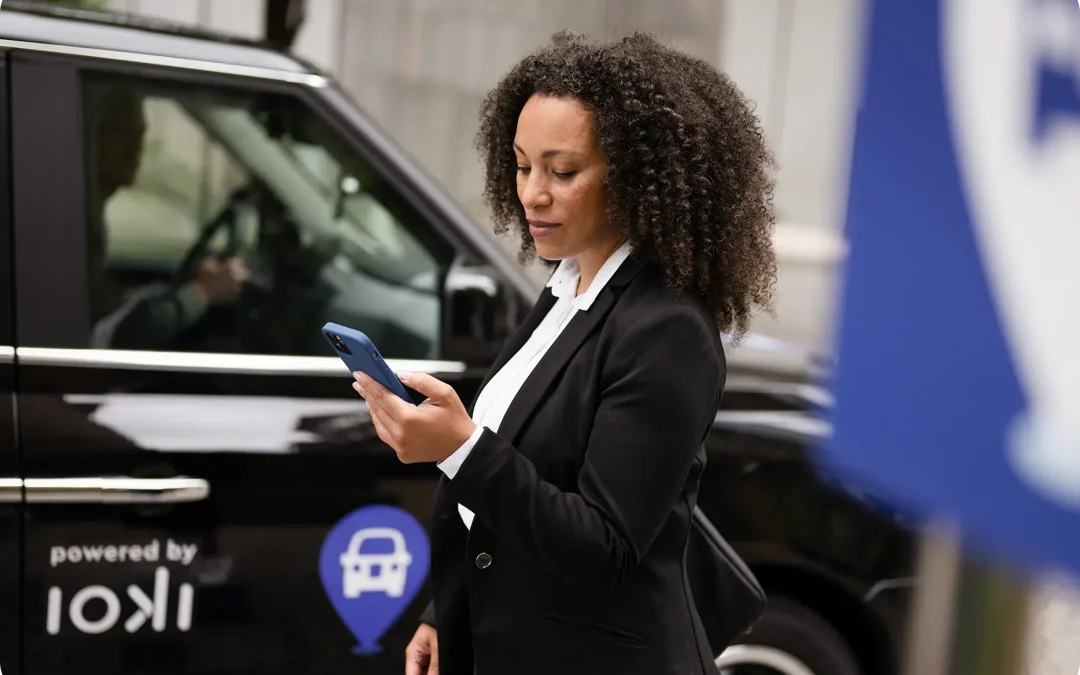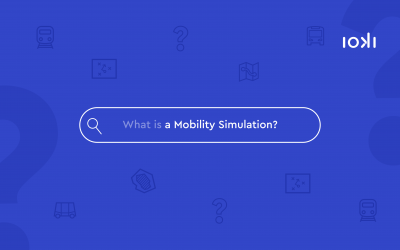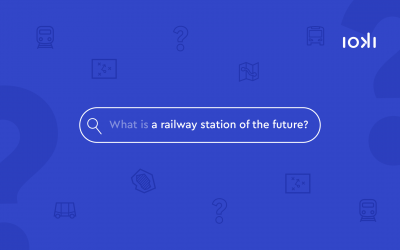For the operators of public transport systems, this may even mean that they have to pay even more in the end. At the same time, in times of advancing climate change, we need sustainable and public transport services, which can provide a real alternative to motorized private transport, more than ever.
One way out of the cost spiral could be new, digital solutions. When used optimally, these can significantly increase the efficiency of a system and thus reduce costs. A data-based mobility analysis can reveal, when, which solution makes sense, and in which area it develops its greatest potential.
Digitization as an efficiency booster
Three examples of the integration of digital solutions as real efficiency boosters are presented below:
- real-time data for precise operational control
Networking is the keyword for digitization. Whether it’s the vehicle itself, the next traffic light, or the public transport app: in a world of permanent communication, everything and everyone is always in contact with each other – everywhere. This can have unbeatable advantages, especially in terms of efficiency. Therefore, having real-time communication, including the transmission of important data and information, also enables simultaneous intervention, for example, if there are delays in the operational process or if the number of passengers is significantly higher or lower at short notice. This way, the offer can also be spontaneously and ideally adapted to demand – for the customer experience of the highest service quality, for the operator the chance of maximum efficiency increases.
- Ride–pooling thanks to intelligent algorithms
Ride-pooling makes not only sense for the benefit of the environment, but also regarding the necessary resources, positive bundling effects and significant savings potential.
Ride–pooling can be the optimal solution, especially for areas that previously could not be connected to the classic public transport system or could only be connected very incompletely due to irregular or too low demand.
- On-demand mobility
Planning is half the battle? That’s right! But with all this planning, one thing above all should not be lost: flexibility. Especially in a time that is as fast-moving like no other, flexibility is an important argument for many decisions. And so, at present, solutions that are available on-demand are particularly convincing. Netflix, Spotify, etc. can tell you a thing or two about this. So why not think mobility “on-demand”?
On-demand solutions enable the provision of mobility in accordance with the actual demand. Especially in off-peak times, for example as demand-oriented night traffic, this changeover can be a real efficiency kick.
Depending on the design of digital innovation, the efficiency effects can be bigger or smaller. At the same time, the focus can either be on the question of greater efficiency on the cost side or on service quality. In any case, it is worthwhile to take a closer look at the existing public transport offer in a data-based way and to look for optimization potential.



